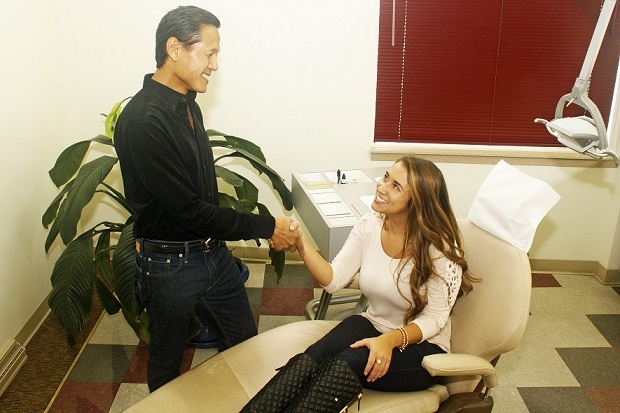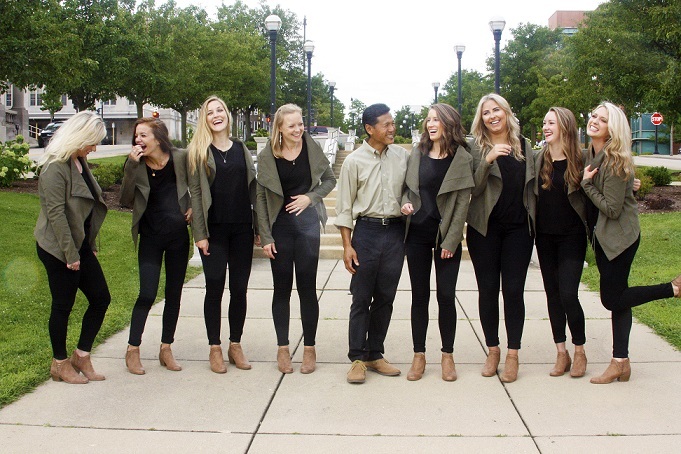The Evolution of Orthodontics
You might be surprised to learn that braces and the practice of orthodontics date way back to ancient times and are actually not a product of modern society. According to the American Association of Orthodontists, primitive metal bands have been found wrapped around the teeth of mummies. Later in time around 400 to 500 BC, both Aristotle and Hippocrates thought of different methods that could be used to make teeth straighter similarly to what we call braces today.

The main goal of an orthodontist is to straighten teeth and improve the bite by correcting how your teeth fit together and how your jaws line up. How do they do that? They use braces, aligners, and other appliances. Then after braces, they also use retainers to hold the teeth in position. With the amazing advancements in orthodontics, braces and other orthodontic appliances have been designed to be barely noticeable and much more comfortable. With the continuing development of high-tech materials, we can expect braces to continue to become even smaller, be worn less and yield greater results in shorter periods of time.

The world of orthodontic care has definitely come far in the last few decades which is something we all can smile about. You only need to look at your own braces to see how far we’ve come. Whether you have clear aligners, self-ligating brackets, or are using the Acceledent to speed up your treatment the proof of the technological advancements are in the mouth's of our patients.

The world of orthodontics and the way orthodontists practice have come a long way from the days of Aristotle, and even the bulky wrap-around braces of just 60 years ago. Regardless of your specific treatment plan, the development of high-tech materials and methods has made it possible for your orthodontic experience to be as effective, efficient, and comfortable as possible.









